“I just really like to travel,” says American photographer, Anthony Blasko. “Meeting new people, experiencing new things. And I’ve always done that with a camera.” It was this open attitude that launched his ongoing project around the American South, from which a new Stanley/Barker book, Florida Strawberries, arrives. Mostly shot at dusk, the series foregrounds quiet moments at the annual Plant City Strawberry Festival, an eleven-day event that focuses on preserving and enhancing the agricultural and historical legacy of the Florida strawberry, according to its website.
“Local fairs and carnivals have a long history in America,” Anthony writes in an email the day after we speak over Zoom. “Even as we lose our connection to our agricultural past, there is something timeless about gathering at the fair.” Growing up in Ohio (today he is based in Portland, Oregon), he recalls fond memories of attending similar events as a kid, visiting those in Jupiter and Fort Lauderdale each summer when he’d stay with his dad in Florida. His first visit to the Strawberry Festival was as an adult, however, initially in 2013, where he shot just a handful of rolls of film over a few hours, before returning for more of the same in 2017.
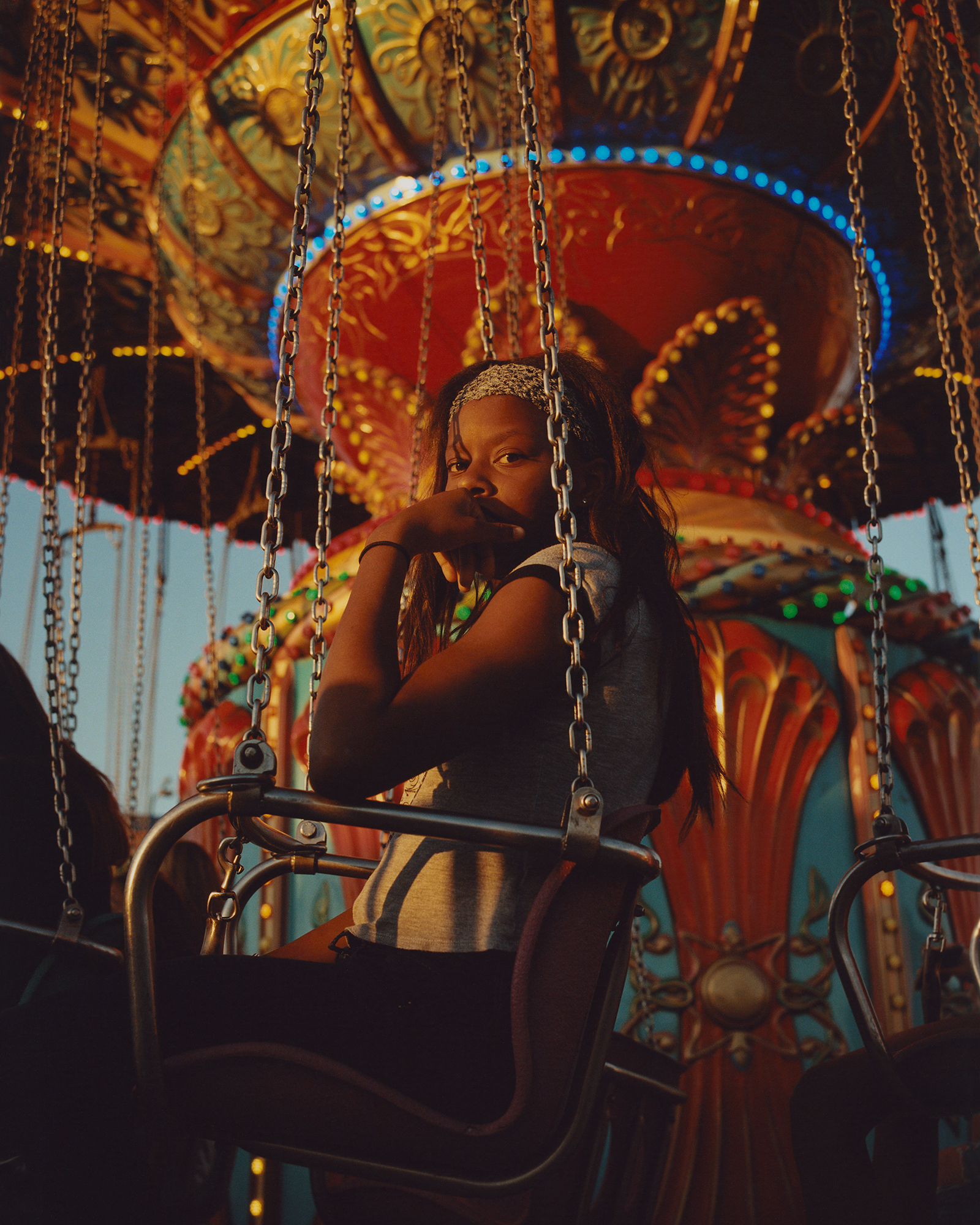
“I was travelling in the south a lot, spending time in Mississippi, Louisiana and Florida. I came across the Strawberry Festival and just spent an afternoon shooting. It was a great place, plenty of people, great light, but I didn’t think too much of it. When I got home and started printing, I realised there was so much more to get into,” he says. One image, in particular, marked the festival’s potential and saw him return in 2018, wherein he shot the bulk of the book’s images. “The one of the carnival worker, a young boy with slicked back hair and the purple shirt,” he notes. “That was an image I shot on my second trip. It’s why I decided to go back and continue shooting.”
When he returned, this time with a media pass that allowed him to be more discreet, he visited the site daily over the full eleven days, often shooting from noon till nine. “The light totally changes at the end of the day, but I would spend all day [there] to get into a rhythm. Because it was during the week, a lot of times people were coming after work, so after five, it really got busy.” Despite not making the work with the intention of producing a book, the series proved to be a much more focused affair than other projects he’d made in the south, where typically he was driving around waiting for something or someone to appear. “It’s more about exploring,” he says, “In the same way that Garry Winogrand would drive around and just shoot and shoot, meeting people, finding little swimming holes or bars. [I’d] reach out to people on Craigslist, just trying to get into people’s homes.” On the contrary, the Strawberry Festival series had structure, an objective.
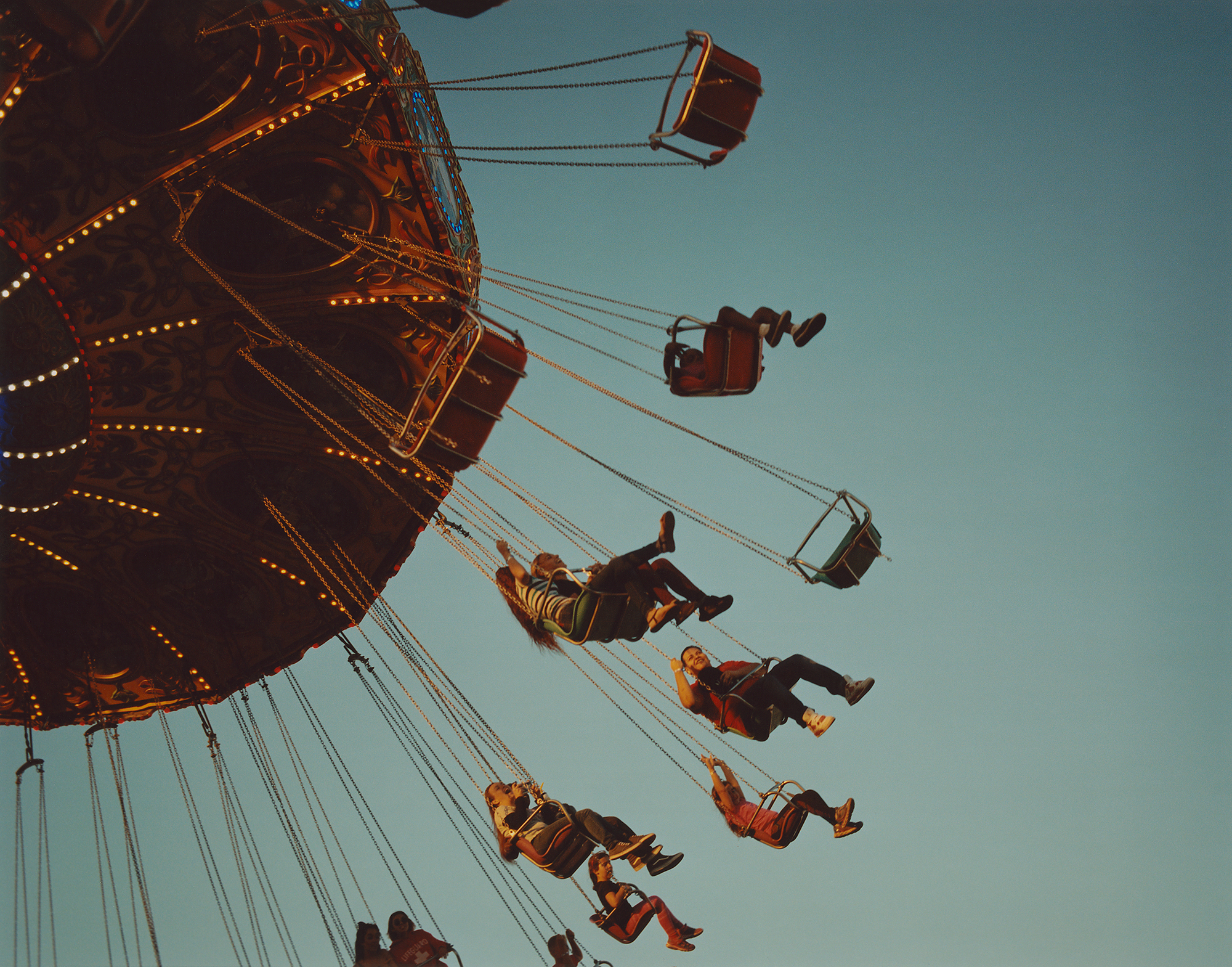
Anthony studied photography at Pasadena’s ArtCenter College of Design – “you definitely do not need to go to college to become a photographer, that’s what I learned at college” – before working in New York as an assistant and later embarking on his own photography projects. While commercial clients today include Nike and Coca Cola, it’s in his personal work that the human stories and rich narratives he prioritises are most keenly felt. In 2020 he worked with Victory Editions on the book Pump, and in 2019 (and again in 2021), he self-published The Gymnastics Federation of Kosovo, concerned with bodybuilders and young gymnasts, respectively. “I don’t see the projects, even Kosovo and Strawberry Festival, being all that different. The subject is, but the approach is pretty similar. I would say in Kosovo, people were aware I was shooting, whereas, at the festival, I was in a sea of people, constantly moving and photographing.” Indeed, barely anyone in Florida Strawberries seems to meet his gaze.
“I just kind of let people be themselves, I didn’t want to interfere,” he notes of this latter approach. “I was trying to shoot as much as I could without people knowing, because with people who aren’t used to having a picture taken, they get self-conscious, and it falls apart quick. If you can move around silently and just take pictures, it can really work out.” Affecting that same performance for his wider work in the south (moving around quietly, taking pictures), Anthony continues to explore, using the free time life affords him to drive down for weeks at a time. The Strawberry Festival, in particular, remains a curiosity. “I’d love to go back and shoot again. It’s a lot of fun, being in those environments where you’re just surrounded by images.”
‘Florida Strawberries’, published by Stanley/Barker, is out now
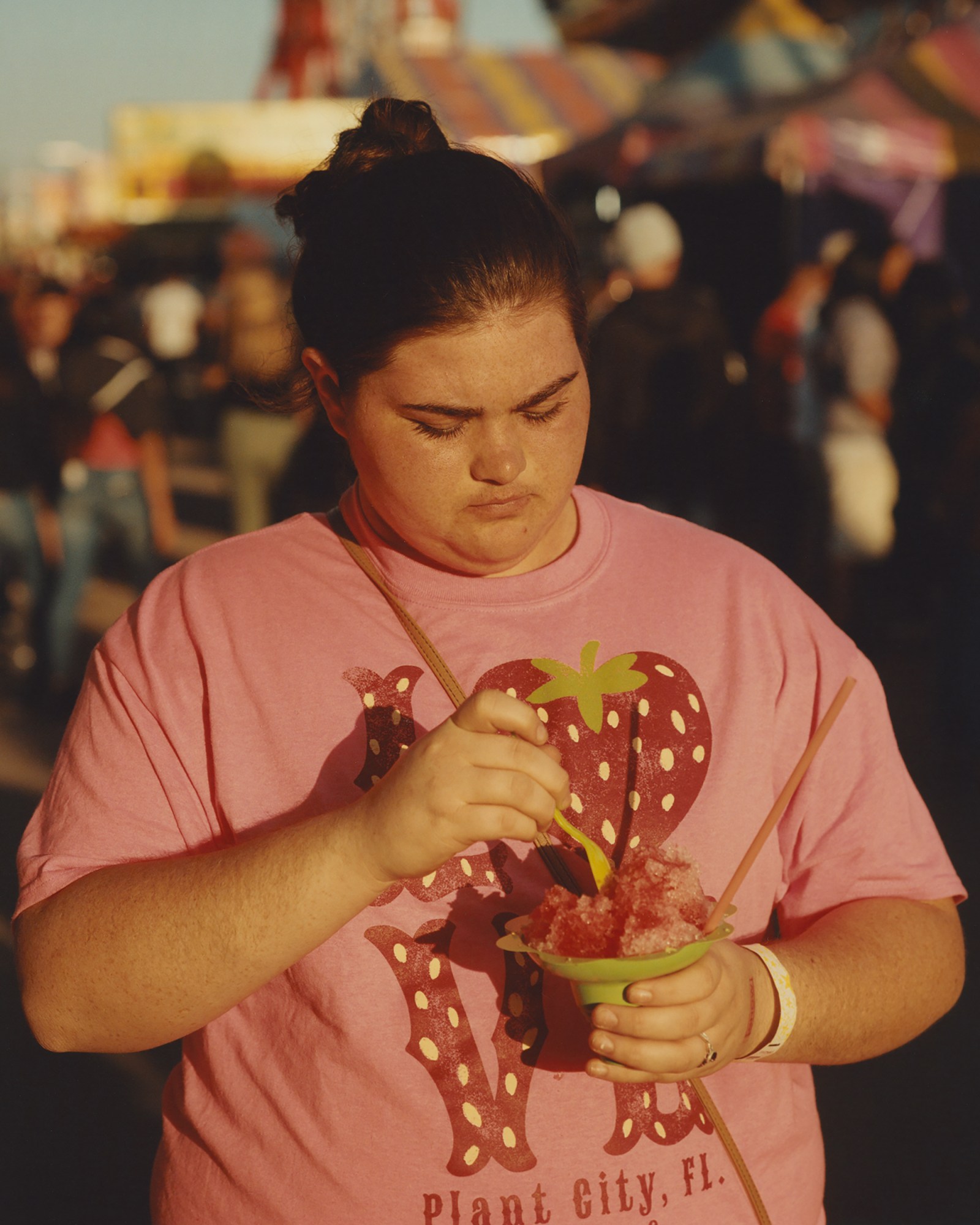
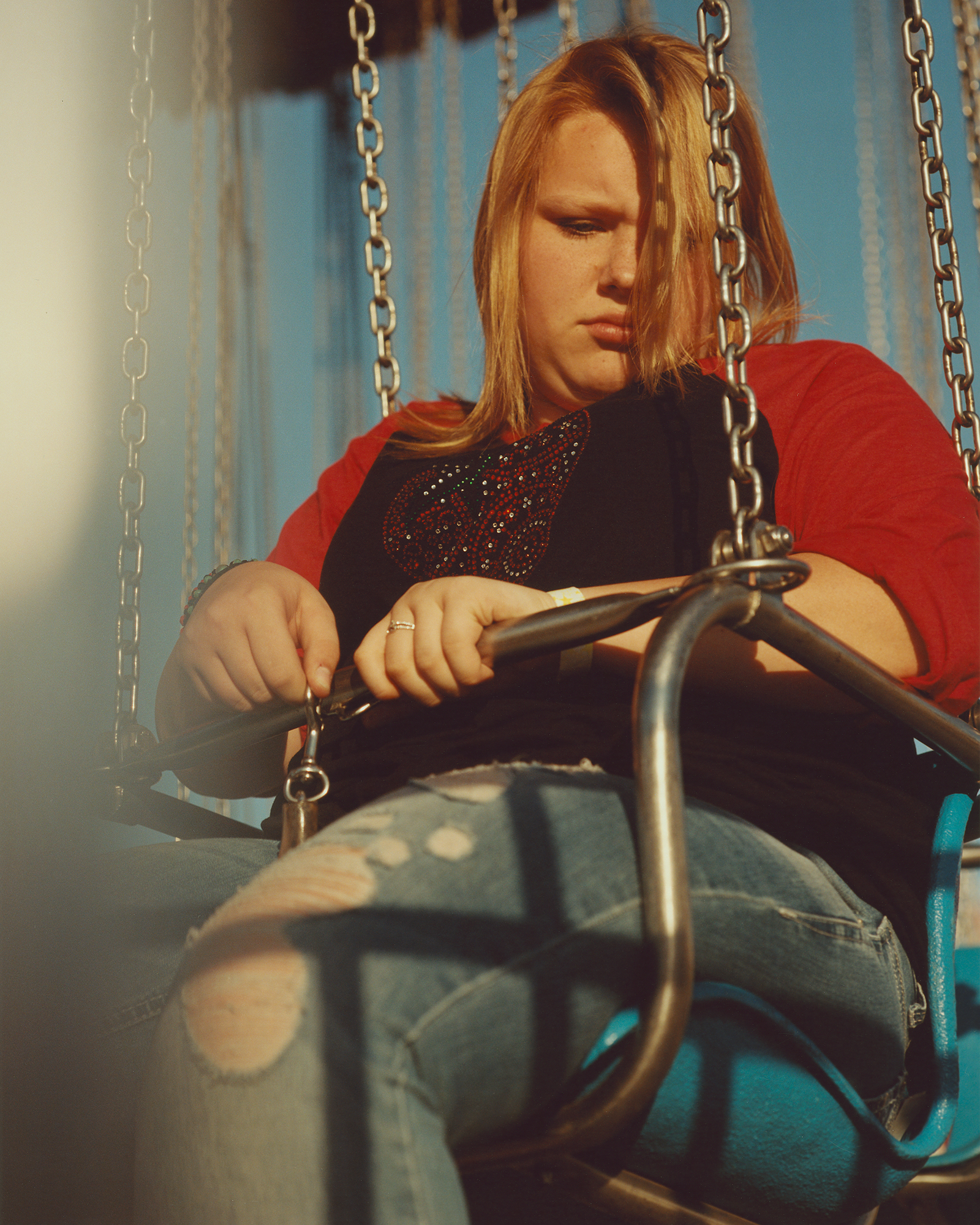
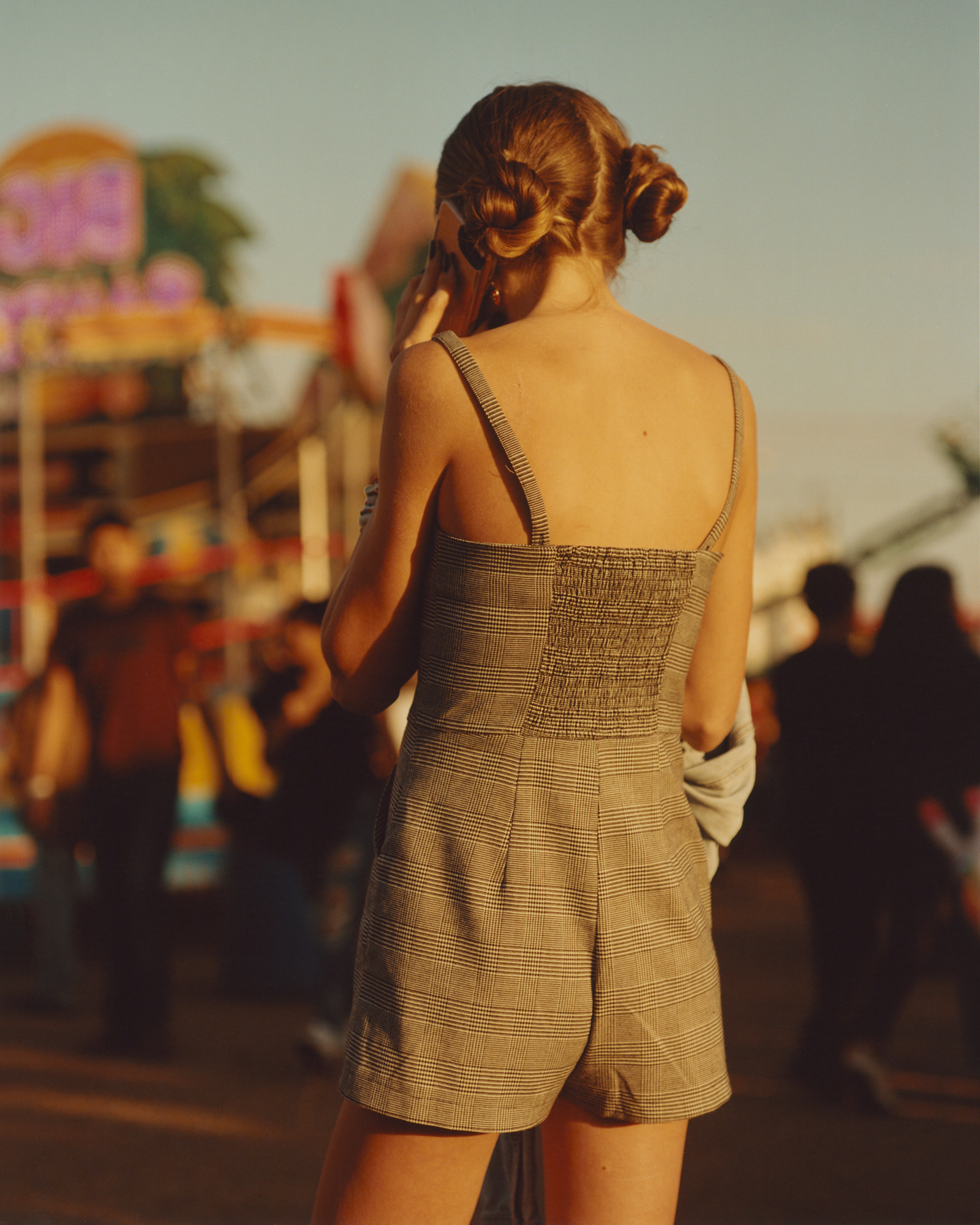
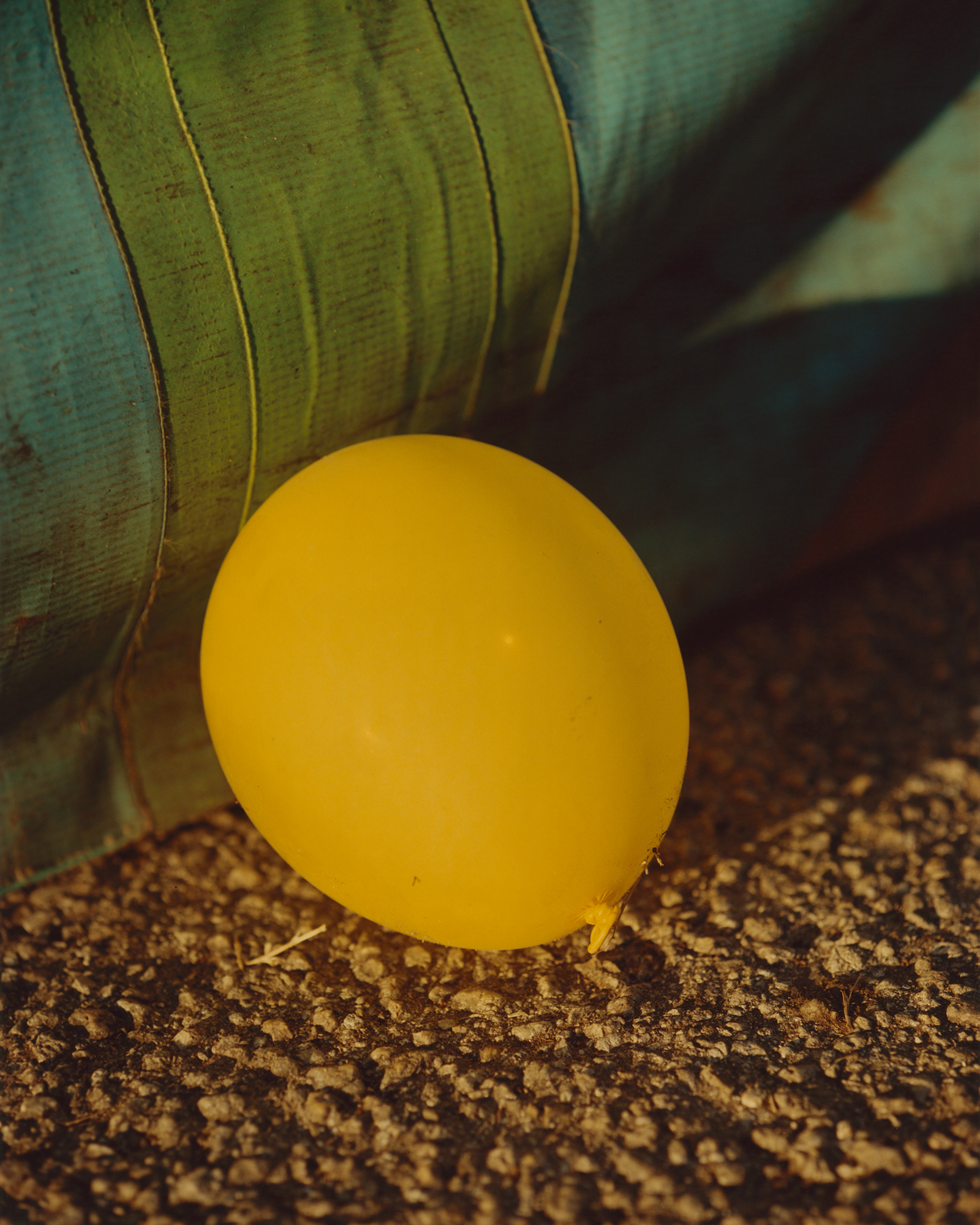
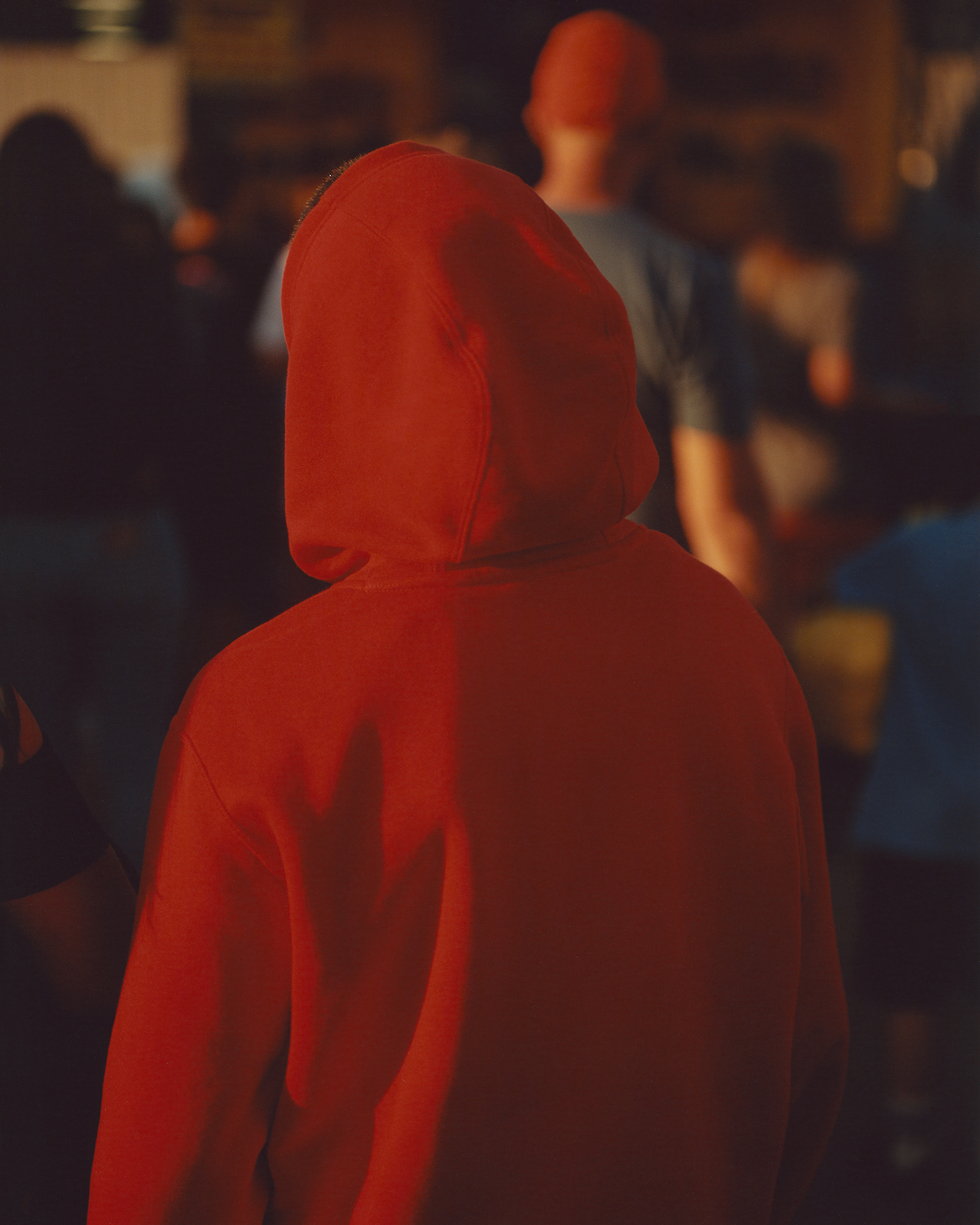


Credits
All images © Antony Blasko

